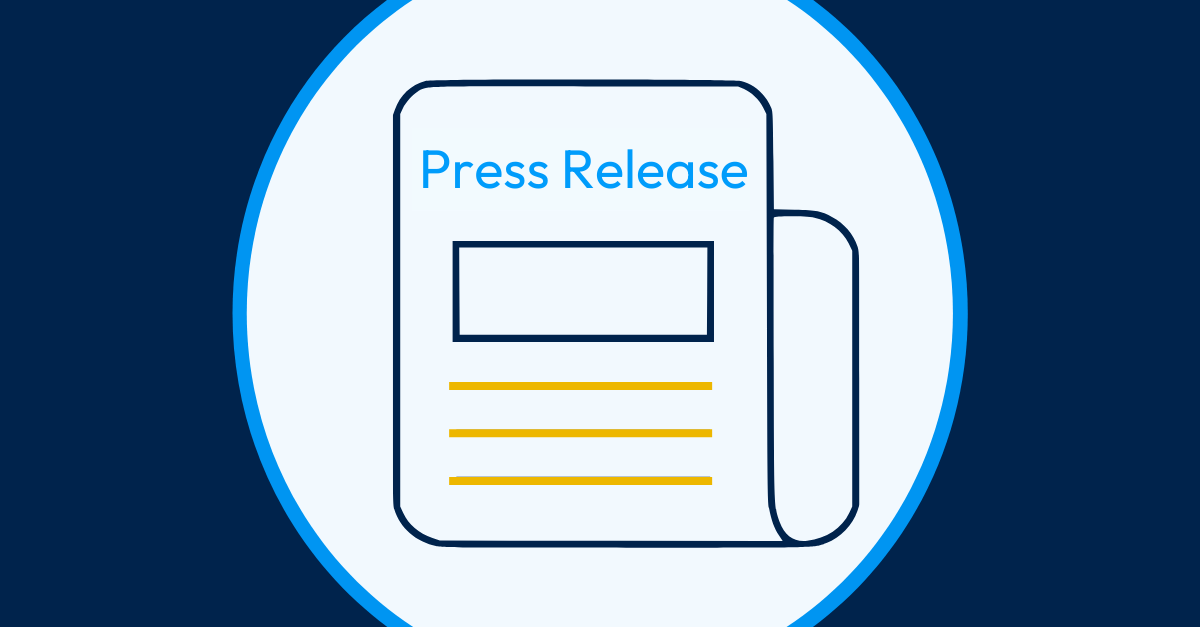Introduction
In today's rapidly evolving digital landscape, businesses are generating vast amounts of data from various sources. This data holds valuable insights that can help organizations make informed decisions and drive growth. However, without proper analysis and interpretation, this data remains untapped potential. That's where data analytics comes in. Data analytics is the process of examining large sets of data to uncover patterns, trends, and correlations that can provide valuable insights for businesses. In the context of Application Portfolio Management (APM), data analytics plays a crucial role in optimizing application portfolios and driving business success.
The Importance of Application Portfolio Management (APM)
Application Portfolio Management (APM) is a strategic approach to managing Check out the post right here an organization's collection of software applications. It involves assessing the current state of the application portfolio, identifying redundancies and inefficiencies, and making informed decisions about which applications to keep, retire, or invest in further. APM helps organizations optimize their application portfolios, reduce costs, improve productivity, and align their IT strategies with business goals.
The Benefits of Data Analytics in APM
Data analytics brings several benefits to the field of APM. By leveraging advanced analytics techniques, organizations can gain deeper insights into their application portfolios and make more informed decisions. Here are some key benefits:
1. Enhanced Visibility and Transparency
Data analytics provides organizations with enhanced visibility into their application portfolios. By analyzing data on usage patterns, performance metrics, and business impact, organizations can gain a comprehensive understanding of each application's value and relevance. This visibility enables better decision-making regarding investments, upgrades, or retirements.
2. Improved Decision-Making
By harnessing the power of data analytics, organizations can make more informed decisions about their application portfolios. Through predictive analytics models and trend analysis, organizations can identify applications that are likely to become obsolete or underperform in the future. This proactive approach helps organizations allocate resources more effectively and stay ahead of the curve.
3. Cost Optimization
Data analytics enables organizations to Application Portfolio Management identify cost-saving opportunities within their application portfolios. By analyzing data on licensing costs, maintenance expenses, and resource utilization, organizations can identify redundant applications or underutilized resources. This analysis helps organizations optimize their spending and reduce overall IT costs.
4. Risk Mitigation
Data analytics can help organizations identify potential risks within their application portfolios. By analyzing security logs, vulnerability reports, and compliance data, organizations can proactively address security gaps and mitigate risks. This proactive approach helps organizations protect sensitive data and maintain regulatory compliance.
5. Performance Optimization
Data analytics allows organizations to monitor and assess the performance of their applications in real-time. By analyzing performance metrics such as response times, error rates, and user feedback, organizations can identify bottlenecks or areas for improvement. This analysis enables organizations to optimize application performance and deliver a better user experience.
Data Analytics Tools for APM
To leverage the benefits of data analytics in APM, organizations can utilize various tools and technologies. One popular tool in this space is ServiceNow Application Portfolio Management (APM). ServiceNow APM provides a comprehensive set of features for assessing, rationalizing, and optimizing application portfolios.
ServiceNow APM tools offer powerful analytics capabilities that enable organizations to gain insights into their application portfolios. These tools allow users to visualize data through interactive dashboards, create custom reports, and perform advanced analytics using machine learning algorithms. With ServiceNow APM tools, organizations can make data-driven decisions about their application portfolios and drive business success.
FAQs about Data Analytics in APM
What is Application Portfolio Management (APM)? Application Portfolio Management (APM) is a strategic approach to managing an organization's collection of software applications. It involves assessing the current state of the application portfolio, identifying redundancies and inefficiencies, and making informed decisions about which applications to keep, retire, or invest in further.
How does data analytics support APM? Data analytics provides organizations with valuable insights into their application portfolios. By analyzing usage patterns, performance metrics, and business impact, organizations can make more informed decisions about their application portfolios, optimize costs, and improve overall performance.
What are the benefits of using data analytics in APM? Some key benefits of using data analytics in APM include enhanced visibility, improved decision-making, cost optimization, risk mitigation, and performance optimization.
What role does ServiceNow APM play in data analytics for APM? ServiceNow APM tools offer powerful analytics capabilities that enable organizations to gain insights into their application portfolios. These tools allow users to visualize data through interactive dashboards, create custom reports, and perform advanced analytics using machine learning algorithms.
How can data analytics help organizations mitigate risks in their application portfolios? Data analytics can help organizations identify potential risks within their application portfolios by analyzing security logs, vulnerability reports, and compliance data. This analysis enables organizations to proactively address security gaps and maintain regulatory compliance.
How can organizations optimize costs using data analytics in APM? Data analytics allows organizations to identify cost-saving opportunities within their application portfolios by analyzing licensing costs, maintenance expenses, and resource utilization. This analysis helps organizations optimize their spending and reduce overall IT costs.

Conclusion
Data analytics plays a vital role in Application Portfolio Management (APM) by providing organizations with valuable insights into their application portfolios. Through enhanced visibility, improved decision-making, cost optimization, risk mitigation, and performance optimization, data analytics empowers organizations to make informed decisions about their application portfolios and drive business success. By leveraging tools like ServiceNow APM, organizations can unlock the full potential of their data and stay ahead in today's competitive business landscape. So, embrace the power of data analytics in APM and take your application portfolio management to new heights.